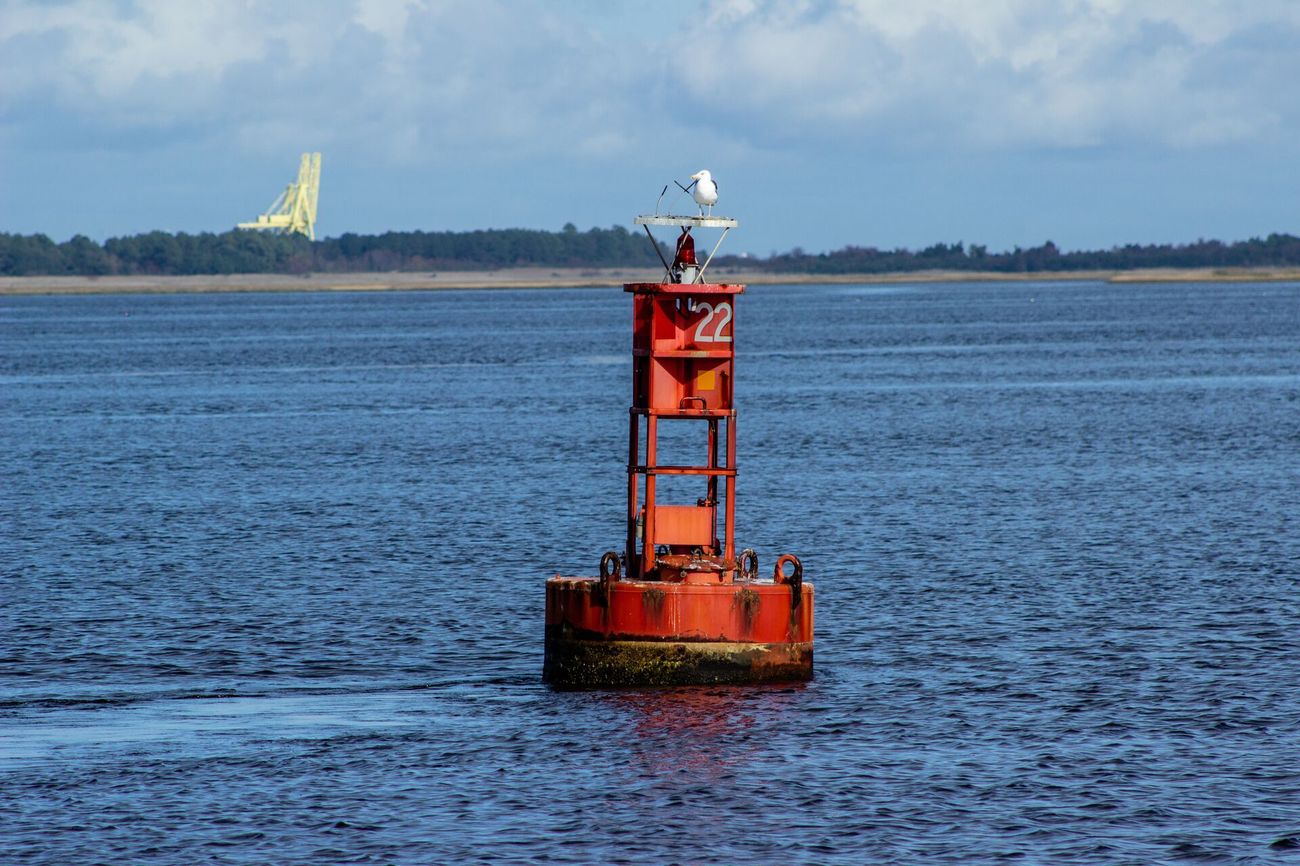
Buoys are more than just floating markers in the water. They play a crucial role in maritime navigation, safety, and research. Ever wondered how these seemingly simple devices can withstand harsh ocean conditions and still provide accurate information? Buoys come in various shapes, sizes, and functions, each designed to serve a specific purpose. From guiding ships safely to shore to collecting vital weather data, these floating sentinels are indispensable. Whether you're a curious student, a boating enthusiast, or someone who loves learning about marine technology, you'll find these 29 facts about buoys both fascinating and informative. Dive in to discover the hidden world of these essential maritime tools!
What Are Buoys?
Buoys are floating devices anchored in water to serve various purposes, from navigation to scientific research. They come in different shapes, sizes, and functionalities. Here are some fascinating facts about these essential maritime tools.
Types of Buoys
Buoys are not one-size-fits-all. Different types serve different purposes.
- Navigation Buoys: These guide ships safely through waterways, marking channels and hazards.
- Mooring Buoys: Used to secure vessels in place, preventing them from drifting.
- Weather Buoys: Collect data on weather conditions, including temperature, wind speed, and wave height.
- Research Buoys: Equipped with sensors to monitor environmental conditions like water quality and marine life.
- Life-saving Buoys: Designed to provide flotation for people in distress in the water.
Historical Significance
Buoys have been around for centuries, evolving with technology and maritime needs.
- Ancient Origins: The first buoys were simple wooden logs used by ancient mariners to mark fishing spots.
- Medieval Use: By the Middle Ages, buoys were used in European ports to guide ships safely to harbor.
- Modern Development: The 19th century saw the introduction of metal buoys and standardized shapes and colors for navigation.
Technological Advancements
Modern buoys are high-tech devices packed with sensors and communication tools.
- GPS Integration: Many buoys now come with GPS to provide precise location data.
- Solar Power: Solar panels power some buoys, making them more sustainable and reducing maintenance needs.
- Satellite Communication: Data collected by buoys can be transmitted via satellite for real-time monitoring.
- Smart Buoys: Equipped with AI, these buoys can analyze data and make decisions autonomously.
Environmental Impact
Buoys play a crucial role in environmental monitoring and protection.
- Pollution Tracking: Research buoys help track pollution levels in oceans and lakes.
- Climate Change Data: Weather buoys collect data that contribute to climate change studies.
- Marine Life Monitoring: Some buoys are equipped with hydrophones to monitor marine life sounds and activities.
Safety and Regulations
Buoys are essential for maritime safety and are regulated by international bodies.
- IALA Standards: The International Association of Marine Aids to Navigation and Lighthouse Authorities sets global standards for buoy design and placement.
- Color Coding: Buoys use a standardized color system to convey different messages, such as red for port side and green for starboard.
- Light Signals: Many buoys have lights that flash in specific patterns to aid nighttime navigation.
Fun Facts
Buoys have some quirky and lesser-known aspects that make them even more interesting.
- Buoy Racing: Some coastal communities hold buoy racing events, where participants race around a course marked by buoys.
- Art Installations: Artists have used buoys as canvases for public art projects.
- Buoy Gardens: In some places, old buoys are repurposed as planters or garden decorations.
Challenges and Innovations
Despite their utility, buoys face challenges that spur continuous innovation.
- Biofouling: Marine organisms like barnacles can attach to buoys, affecting their performance. Anti-fouling coatings are used to combat this.
- Storm Damage: Severe weather can displace or damage buoys, requiring robust designs and materials.
- Cost: High-tech buoys can be expensive to produce and maintain, leading to ongoing research into cost-effective solutions.
Global Presence
Buoys are used worldwide, each region adapting them to local needs.
- Arctic Buoys: Specially designed to withstand extreme cold and ice, these buoys monitor polar conditions.
- Tropical Buoys: Used in warmer waters to track phenomena like coral bleaching and tropical storms.
- Deep-sea Buoys: Anchored in the deep ocean, these buoys collect data from some of the most remote parts of the world.
Future of Buoys
The future holds exciting possibilities for buoy technology and applications.
- Renewable Energy: Future buoys may harness wave and tidal energy to power themselves and other devices.
- Enhanced AI: Advanced AI could make buoys even smarter, enabling them to perform complex tasks and provide more accurate data.
Buoys: More Than Meets the Eye
Buoys aren't just floating markers in the water. These fascinating devices serve crucial roles in navigation, weather monitoring, and even marine research. From guiding ships safely to shore to collecting vital data on ocean conditions, buoys are indispensable tools for maritime activities. They come in various shapes and sizes, each designed for specific purposes, whether it's a simple marker buoy or a sophisticated weather buoy.
Understanding the different types of buoys and their functions can give you a greater appreciation for these unsung heroes of the sea. Next time you see one bobbing in the water, remember it's doing much more than just floating around. It's a testament to human ingenuity and our ongoing quest to understand and safely navigate the vast oceans. So, keep these facts in mind and share them next time you're near the water!
Was this page helpful?
Our commitment to delivering trustworthy and engaging content is at the heart of what we do. Each fact on our site is contributed by real users like you, bringing a wealth of diverse insights and information. To ensure the highest standards of accuracy and reliability, our dedicated editors meticulously review each submission. This process guarantees that the facts we share are not only fascinating but also credible. Trust in our commitment to quality and authenticity as you explore and learn with us.
